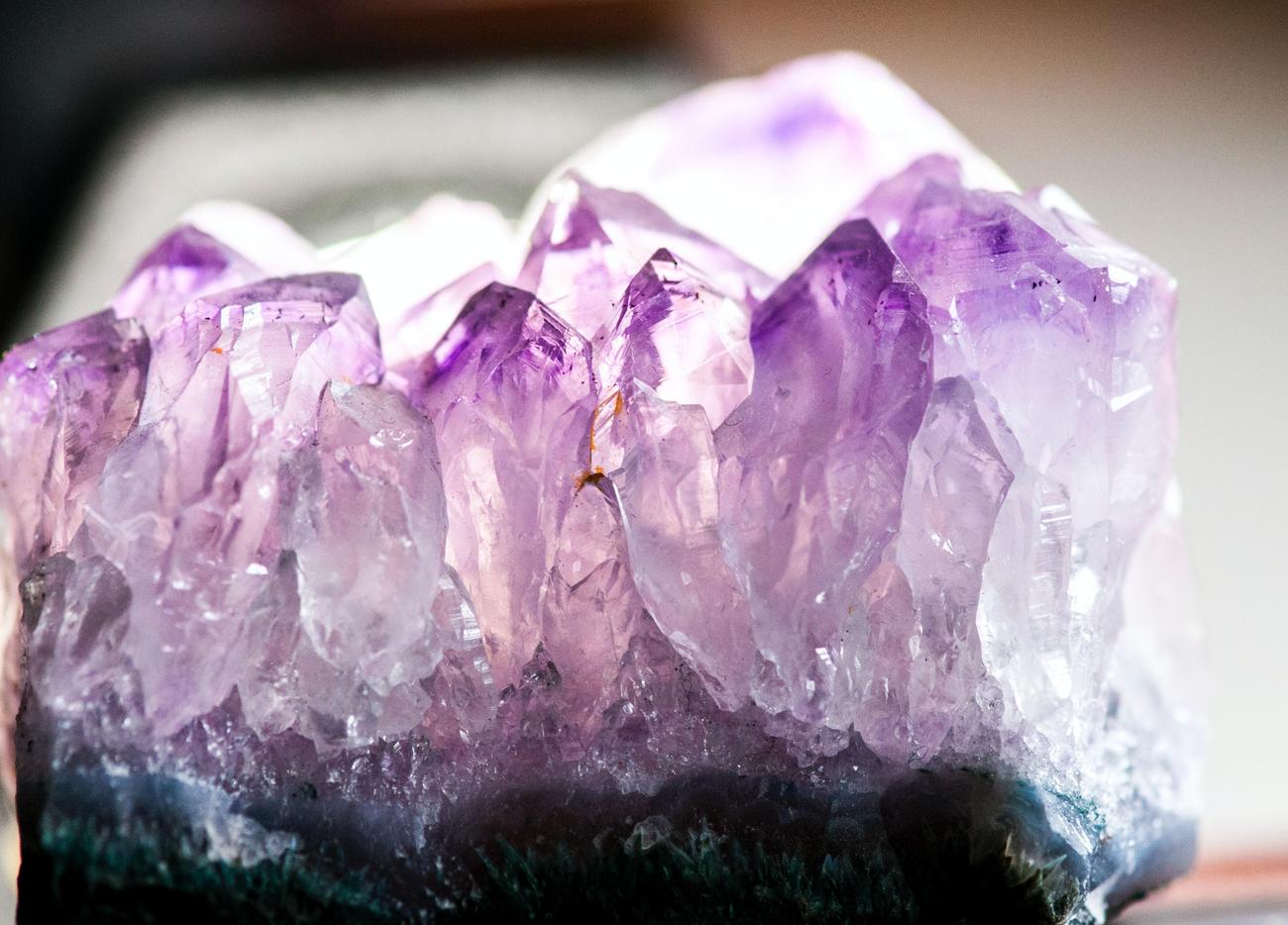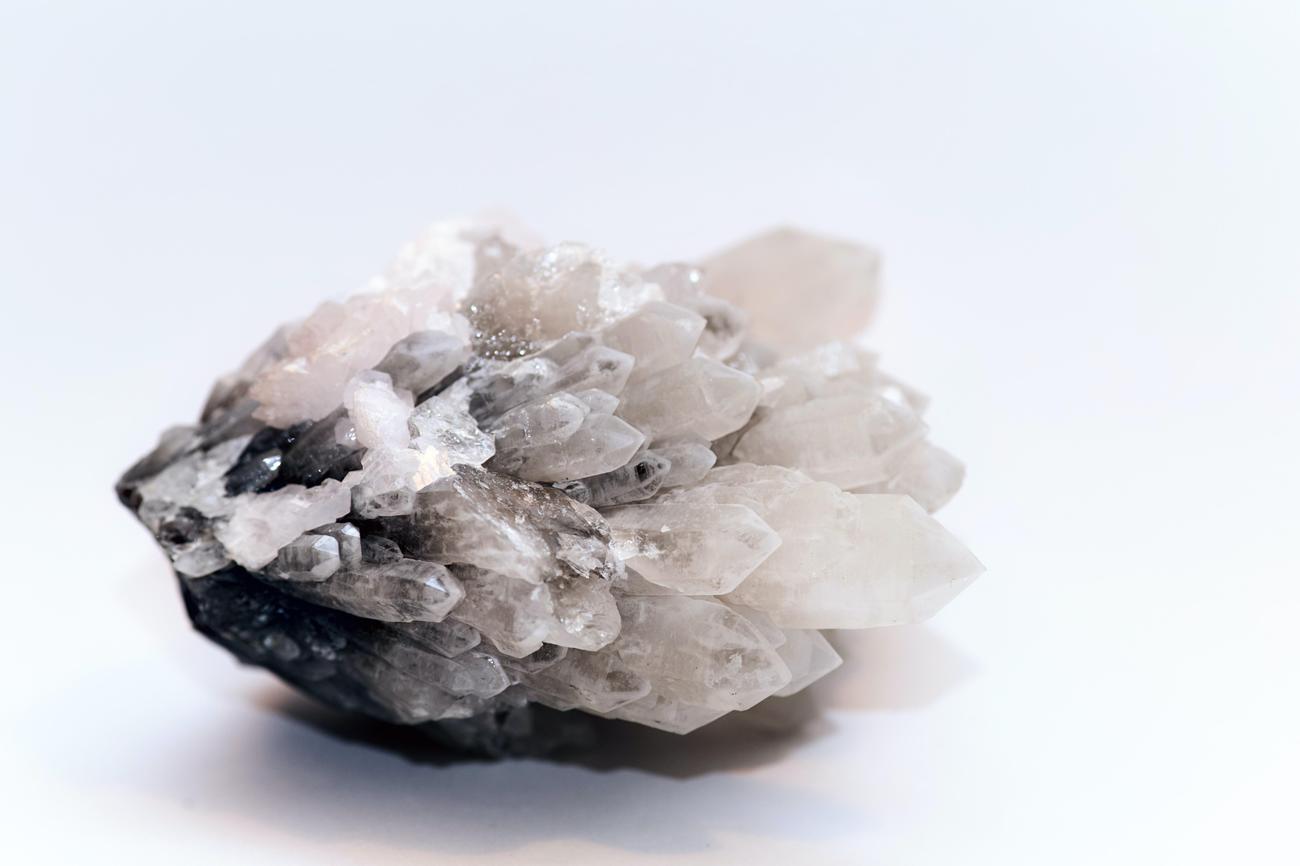Welcome to a captivating journey through the mesmerizing world of gemstones! In this article, we will delve into the enchanting realm of Gemstone Facts and History, unraveling the secrets and stories behind these precious stones. As we embark on this adventure, guided by a seasoned gemologist with an extensive background in gemstone identification and grading, we will explore the characteristics, properties, and origins of a diverse array of gemstones. Brace yourself for a fascinating exploration of ancient cultures, historical significance, and the remarkable use of gemstones throughout different periods in history. Get ready to be mesmerized by the allure of these stunning jewels and join us in uncovering the captivating world of Gemstone Facts and History!

Gemstone Facts And History
Gemstones have captivated us for centuries with their dazzling beauty and extraordinary resilience. These precious stones are formed deep within the Earth’s crust through a process of crystallization under immense pressure. It is during this transformative process that gemstones acquire their unique colors and attributes, often influenced by impurities present in their formation. Throughout history, these magnificent treasures have held great value and cultural significance, making them objects of fascination and desire.
One of the most renowned gemstones is the diamond, known for its brilliance and durability. Diamonds have been treasured for centuries due to their remarkable clarity and exceptional hardness. The allure of diamonds is further enhanced by their association with love and commitment, making them a popular choice for engagement rings and other cherished jewelry pieces.
Another gemstone that has captivated the human imagination for centuries is the radiant ruby. The deep red hue of rubies evokes passion and power, signifying love and vitality. In ancient cultures, rubies were believed to possess protective qualities and were often worn as talismans to ward off evil spirits. Today, these magnificent gemstones continue to inspire awe and admiration with their fiery glow.
Sapphires, with their mesmerizing blue shades, have also left an indelible mark on human history. Symbolizing wisdom and nobility, sapphires have adorned the crowns and jewelry of royalty throughout the ages. They have been esteemed not only for their striking beauty but also for their association with truth and loyalty. The legendary blue sapphire is truly a gemstone of regal allure.
Emeralds, with their lush green hues, have a rich historical and cultural significance as well. These gemstones have been treasured by ancient civilizations, believed to bestow the gift of foresight and provide protection from enchantments. In modern times, emeralds continue to bewitch with their captivating color and exquisite brilliance. They remain highly sought after and adored by gemstone enthusiasts worldwide.
Pearls, on the other hand, possess a unique allure as organic gemstones. Born from the depths of the ocean, these treasures are formed within the shells of certain mollusks. Pearls symbolize purity, elegance, and femininity. They have been cherished for thousands of years and continue to be admired for their timeless beauty.
The world of gemstones is a fascinating one, encompassing a vast variety of precious and semi-precious stones, each with its own story and allure. From the opulent sparkle of diamonds to the mystical charm of emeralds, gemstones have played a prominent role in human history, adorning monarchs, lending power and protection, and symbolizing love and vitality.
When selecting gemstones, it’s essential to consider not only their beauty but also their properties and durability. Gemstones vary in hardness, size, shape, and value, and understanding these characteristics is crucial in making informed choices. From the distinct softness of pearls to the exceptional hardness of diamonds, each gemstone presents a different set of qualities to be treasured.
Furthermore, it’s worth noting that gemstones can be classified as either minerals or organic materials. While most gemstones are mineral-based, such as diamonds, rubies, and sapphires, organic gemstones, like pearls, red coral, and amber, have their own unique appeal. Each gemstone type offers its own distinct charm, allowing individuals to find the gem that speaks to their personal style and preferences.
Gemstones are not only remarkable for their intrinsic beauty, but they also offer a glimpse into the Earth’s history. As gemstones form deep within the Earth’s crust, they can often carry traces of other minerals, providing valuable insights into the geological processes that shaped our planet. Zircon, for example, is the oldest known gemstone formed on Earth, with some specimens dating back billions of years.
In conclusion, the world of gemstones is a tapestry of beauty, history, and cultural significance. From the ancient talismans of protection to the bedazzling crowns of royalty, gemstones have adorned and captivated humanity throughout the ages. Their allure is eternal, and their stories are woven into the very fabric of our existence. So why not explore the fascinating world of gemstone facts and history? Embark on a journey that will reveal the wonders of these extraordinary treasures and inspire a newfound appreciation for their timeless splendor. As legendary gemologist Richard Liddicoat once said, “Gemstones are living things, each with its own personality.” Let us delve into the captivating realm of gemstones and uncover the secrets they hold.
Gemstones have held a certain mystique throughout history, captivating the hearts and minds of people around the world. They have been revered for their beauty, rarity, and supposed metaphysical properties. If you’re curious to uncover fascinating facts about gemstones, you won’t want to miss out on this remarkable collection of information. Prepare to be amazed as you dive into the mesmerizing world of gemstones! Explore more interesting facts about gemstones here: facts about gemstones.
Gemstone Facts And History is a treasure trove of fascinating information. If you’re curious about the Famous gemstone history, you’ll be amazed by the captivating stories behind some of the world’s most renowned gemstones. From the breathtaking Hope Diamond to the enchanting Kashmir sapphires, this article explores the historical significance and cultural impact of these precious gems. Click here to uncover the secrets of famous gemstone history: Famous gemstone history.
But that’s not all! For those who are intrigued by the unusual and offbeat, our article also delves into Unusual gemstone trivia. Discover the quirkiest gemstones, like the fluorescent Hackmanite and the eerie Cat’s Eye. Learn about their unique properties and their place in mythology and folklore. Get ready for a journey into the unexpected with our collection of unusual gemstone trivia: Unusual gemstone trivia.
Gemstone Facts And History invites you to immerse yourself in the captivating world of gemstones. Prepare to be amazed by the rich history and intriguing trivia that awaits. Click on the links above and embark on a journey of discovery.
A Brief History of Powerful Gemstone Amulets
[youtube v=”kqa09KH4weQ”]
Gemstones: From Physical Beauty to Protective Powers
Gemstones have captivated humanity throughout history with their physical beauty and unique ability to catch and reflect light. Rare and gathered from the earth, these precious stones have been cherished for their aesthetic appeal and various uses. From decoration to devotion, gemstones have played a significant role in human culture and spirituality.
One example is the rock crystal amulet container, which could have been worn as a pendant or kept close to protect its wearer. Made of two pieces of rock crystal, a type of quartz, this amulet container held crayfish eyes to treat ailments related to vision and sight. It was believed that rock crystal had healing properties specifically associated with eye problems.
“Rock crystal was closely associated with healing eye problems.”
Gemstone Jewelry: Symbols of Faith and Protective Powers
Jewelry, particularly gemstone jewelry, has been worn not only for its protective powers but also as a symbol of faith. In a devotional context, gemstones like rock crystal have symbolic associations. For example, a small rock crystal reliquary cross made during the 17th century served as both a protective and religious object. It housed relics that were challenging to see, such as fingernails and hair, emphasizing the transparent and slightly magnifying quality of rock crystal.
“Jewelry was worn for its protective Powers but also as a sign of faith.”
Lapidaries: The Books That Recorded the Power of Stones
People have been studying gemstones since ancient times, documenting their different qualities, magical powers, and medicinal uses. These studies led to the creation of lapidaries, books that listed the power of stones. In 17th-century England, Thomas Nichols wrote a popular lapidary book that systematically provided information about each stone’s properties. This book included a diagram to help identify gemstones based on various characteristics.
“Lapidaries became popular, categorizing the power and qualities of gemstones.”
Gemstones in Jewelry Design: Symbolism and Magic
The symbolic, magical, and therapeutic properties of gemstones often influenced the design of jewelry. For example, a pendant made in England between 1550 and 1560 featured three selected gemstones, each chosen for its specific meaning. The green Peridot at the top symbolized protection against epilepsy, while the Hassonite garnet in the middle and the sapphire at the bottom carried their own symbolic associations.
“Symbolic, magical, and therapeutic properties influenced the design of gemstone jewelry.”
Gemstone Amulets: Protective Objects with Social Status
Throughout various cultures and time periods, gemstone amulets served as protective objects with deep spiritual and social significance. An amulet case from 19th-century Tibet, worn by high-ranking officials, was inlaid with revered turquoise stones. The amulet case contained sacred objects like paper scrolls believed to protect the wearer from malevolent forces. Turquoise, known for changing color, was seen as a reflection of the wearer’s age and health.
“Gemstone amulets carried great protective power and social status.”
The Timeless Appeal of Gemstones: Transporting Us Through History
The vast collection of gemstone objects in museums such as the V&A provides a glimpse into the richness and diversity of gemstone history. From ancient Rome to Ming Dynasty China, these gemstone pieces hold incredible power to transport us to specific times and places. Their ability to endure and connect us back to the Earth is a testament to their timeless beauty and significance.
“Gemstone objects carry the power to connect us to history and the Earth.”
Incorporate relevant tables and images to enhance the article’s visual appeal and comprehensive understanding for the reader.

FAQ
Q: What are gemstones and why are they highly prized?
A: Gemstones are highly valued for their beauty, durability, and rarity. They are formed through crystallization under high pressure, and their colors and attributes can be influenced by impurities.
Q: What are some popular gemstones?
A: Some popular gemstones include diamonds, rubies, sapphires, emeralds, and pearls. These gemstones vary in hardness, size, shape, and value.
Q: Do gemstones have historical and cultural significance?
A: Yes, gemstones have significant historical and cultural importance. They have been used for jewelry since ancient times and have been associated with various beliefs and practices throughout different periods in history.
Q: Are all gemstones minerals?
A: No, gemstones can be either minerals or organic materials. Examples of organic gemstones include pearl, red coral, and amber. Some soft minerals are also used in jewelry due to their luster or other physical properties.
Q: How are gemstones formed?
A: Gemstones are formed beneath the Earth’s surface through natural processes. They can sometimes show traces of other minerals. The oldest known gemstone formed on Earth is zircon. Emerald, one of the most popular gemstones, is also formed through natural processes.
- China II Review: Delicious Food & Speedy Service - April 17, 2025
- Understand Virginia’s Flag: History & Debate - April 17, 2025
- Explore Long Island’s Map: Unique Regions & Insights - April 17, 2025
















